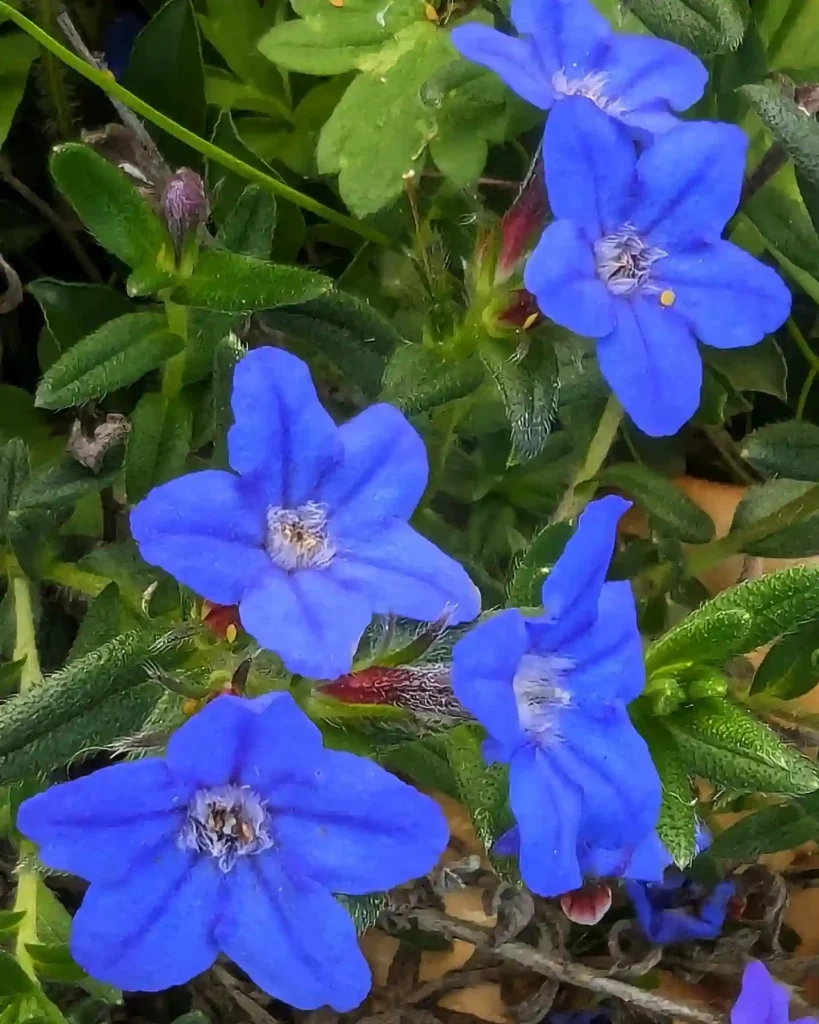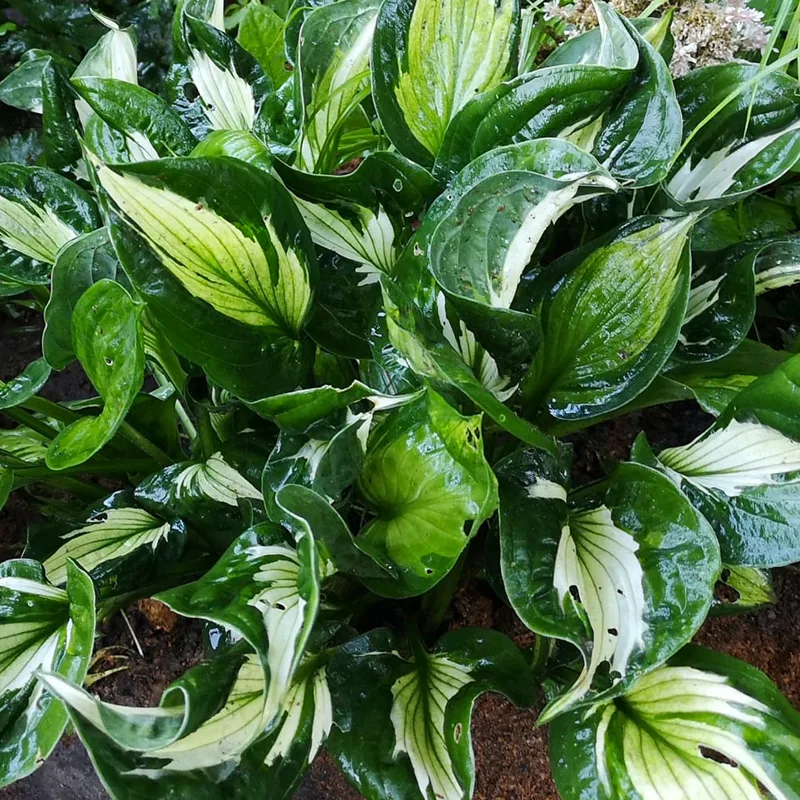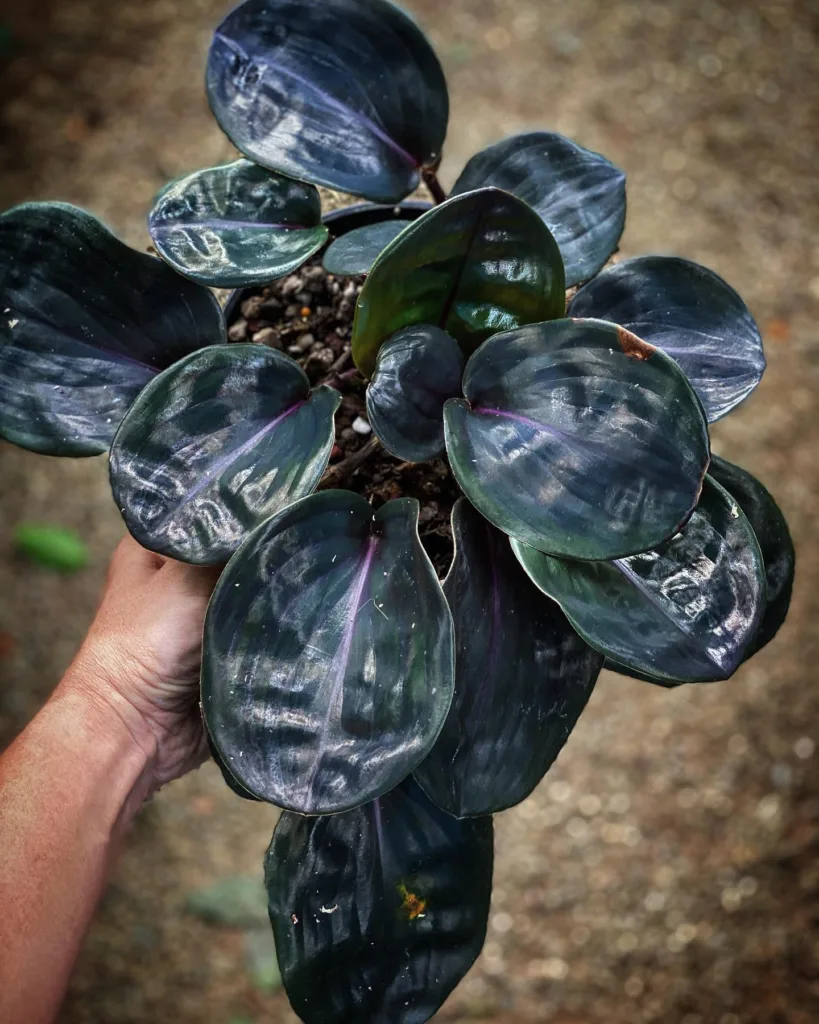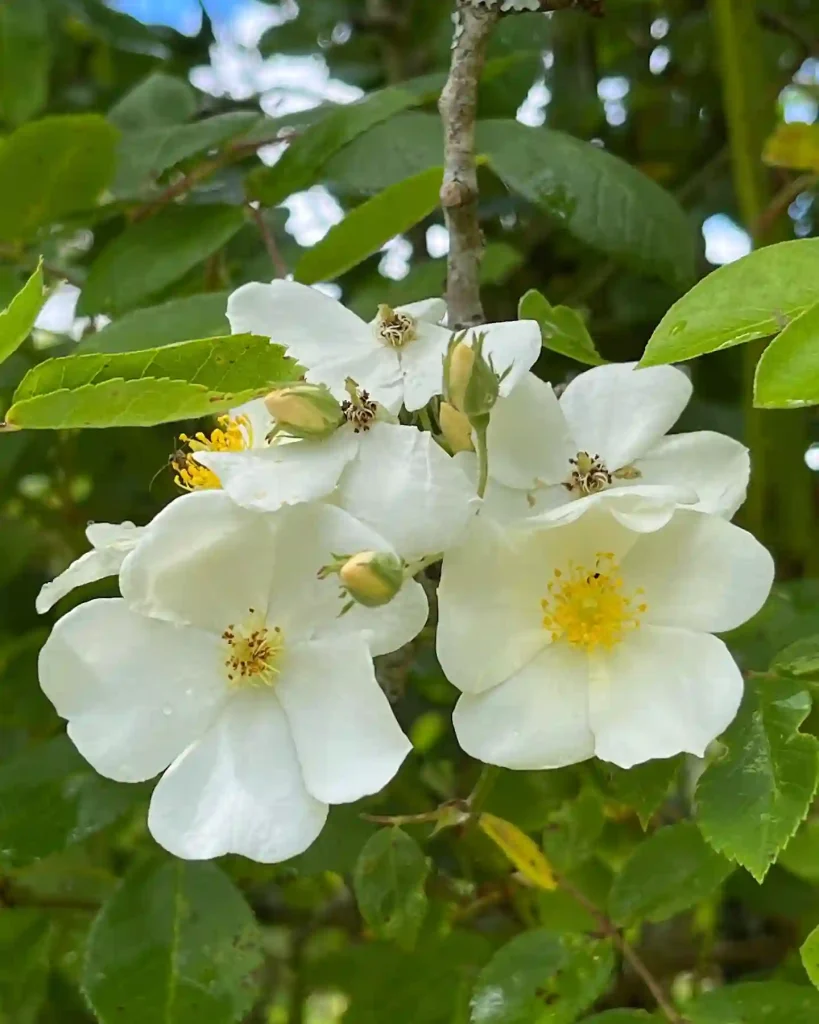The Allure of the Magenta Lilly Pilly: A Gardener’s Guide to Syzygium Paniculatum
For years, I’ve been captivated by the vibrant beauty of flowering trees. One such species that recently stole my heart is the Syzygium paniculatum, also known as the magenta lilly pilly. This Australian native boasts a stunning display of white flowers that transform into eye-catching magenta fruits, making it a true conversation starter in any garden.
1237 Species in Genus Syzygium
Intrigued by its potential for my San Diego garden, I delved deeper into this fascinating plant. In this article, I’ll share my discoveries about the Syzygium paniculatum, from its characteristics and care requirements to its availability in the San Diego area.
What is Syzygium Paniculatum?
The Syzygium paniculatum is a member of the myrtle family, Myrtaceae. In its natural habitat, the rainforests of New South Wales, Australia, it can reach heights of 15 meters. However, in cultivation, it typically matures around 4-6 meters, making it a great choice for medium-sized gardens.
The plant’s evergreen nature is one of its most attractive features. Its glossy green leaves, complemented by clusters of fragrant white flowers in spring, add a touch of year-round vibrancy to any landscape. But the real showstopper arrives later in the season. The white flowers mature into beautiful magenta fruits, hence the nickname “magenta lilly pilly.” These fruits not only add a pop of color but are also edible, with a slightly sweet and tangy flavor.
Syzygium Paniculatum vs Eugenia
I’ve grown both Syzygium paniculatum and Eugenia, and I find that Syzygium paniculatum is a more reliable choice for a dense hedge in my garden, offering a more polished look with its compact, dense foliage, while Eugenia, though attractive with its shiny leaves, tends to be less resilient and requires more frequent trimming to maintain a neat appearance.
Is Syzygium paniculatum Evergreen?
Absolutely! One of the biggest advantages of the Syzygium paniculatum is its evergreen nature. Unlike deciduous trees that lose their leaves in fall, this beauty maintains its lush green foliage throughout the year. This provides a constant source of color and life in your garden, even during the colder months.
How to care for Magenta Lilly Pilly?
The Syzygium paniculatum is a relatively low-maintenance plant, making it ideal for beginner gardeners like myself. Here’s what you need to know to keep your magenta lilly pilly thriving:
- Sunlight: While it can tolerate some shade, this plant prefers a location with full sun to partial shade. Aim for at least 6 hours of direct sunlight daily for optimal growth and flowering.
- Soil: The Syzygium paniculatum thrives in well-draining, fertile soil. Amending your existing soil with compost or organic matter can help create the perfect growing environment.
- Watering: Regular watering is essential, especially during the first year of establishment. Once mature, the plant becomes more drought-tolerant but will still appreciate occasional deep watering during dry spells.
- Fertilization: A balanced fertilizer applied once or twice during the growing season can encourage healthy growth and flowering.
Propagation: Sharing the Magenta Magic
The joy of gardening is often amplified by the ability to share your favorite plants with others. The Syzygium paniculatum can be propagated through both seeds and stem cuttings.
Seed propagation requires patience, as it can take several months for seedlings to germinate. For faster results, stem cuttings offer a more reliable method. Choose healthy, non-flowering stems and follow proper propagation techniques to create new magenta lilly pilly plants.
Where to Buy Syzygium paniculatum in San Diego?
Finding Syzygium paniculatum in San Diego might require some searching. Local nurseries specializing in native and unique plants are your best bet. You can also try contacting online retailers that ship to your area.
What to Plant With Your Syzygium paniculatum?
The Syzygium paniculatum’s vibrant foliage and colorful fruits make it a versatile companion for various plants. Here are a few ideas:
- Companion Shrubs: Low-growing shrubs like Azaleas or Camellias can create a beautiful layered effect with the Syzygium paniculatum.
- Perennials: Colorful perennials like Lavender or Salvia can add pops of color and attract pollinators.
- Vines: Clematis vines can gracefully climb the Syzygium paniculatum, creating a stunning vertical element.
With its captivating beauty, easy care requirements, and adaptability, the Syzygium paniculatum has become a prized addition to my garden wish list. I hope this guide has sparked your interest in this unique Australian native. So, if you’re looking for a plant that offers year-round color, vibrant fruits, and a touch of the exotic, the Syzygium paniculatum might just be your perfect match.



